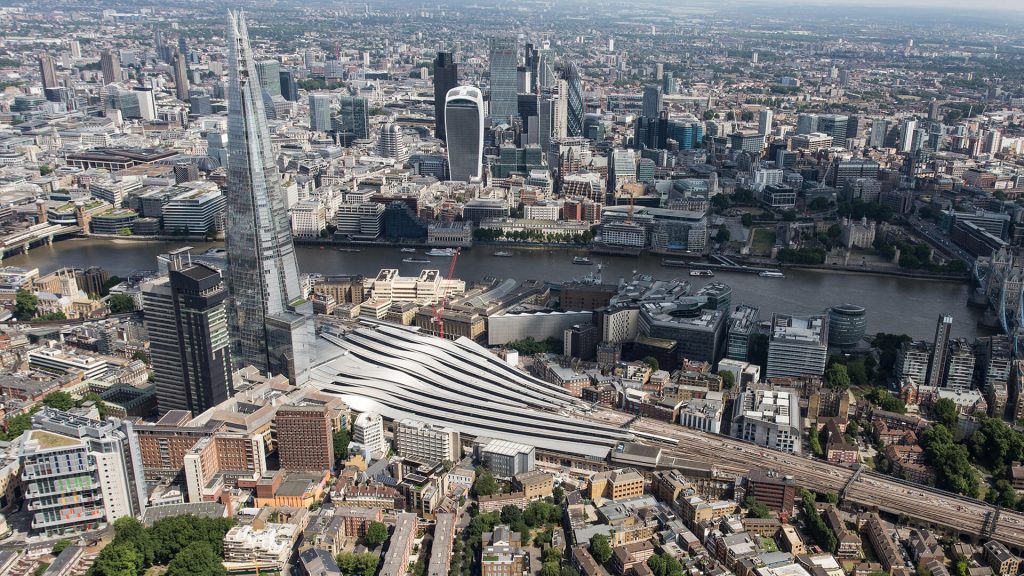Transforming north-south travel through London
The Government-sponsored £7bn Thameslink Programme was an ambitious 10-year programme of extensive infrastructure enhancements and the delivery of 115 new trains that has brought faster, more frequent, more reliable, better connected journeys for passengers – transforming north-south travel through London.
The Programme has delivered new infrastructure, better stations, new technology and new trains on an expanded Thameslink network to deliver significant improvements that respond to the growth in passenger demand now and into the future.

Thameslink Programme – an overview
The work is now complete although some minor improvements are still being made at London Bridge station, adding new retail units and improving facilities. Any changes to rail services are largely at weekends and during bank holidays, when the railway is less busy, to minimise disruption. For the latest information please follow us on Twitter @NetworkRailSE.